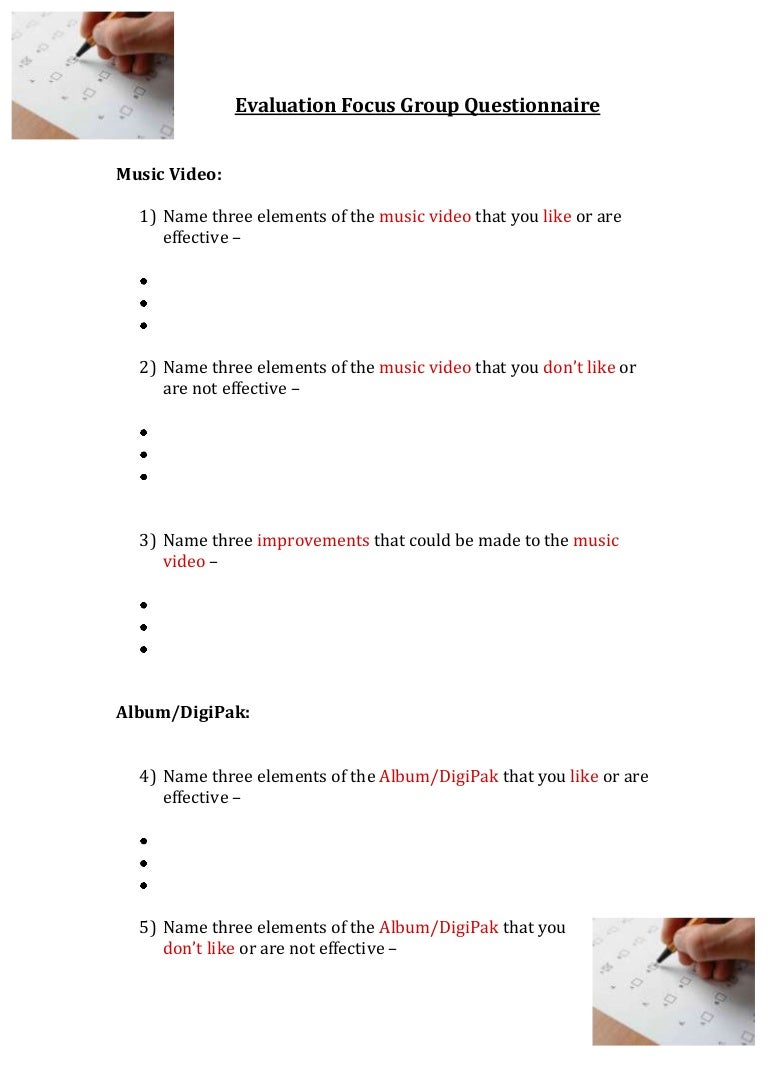
But things don’t have to be this way.Ĭonstructive feedback, which the recipient can take on board and learn from, involves: We are reluctant to give it and poor at receiving it, and this often has damaging effects on performance. This anecdotal evidence suggests that we are a long way from using feedback well. Nearly everyone finds it difficult to take negative feedback. Similarly, most people feel more comfortable receiving positive feedback. Instead, most of the discussion focuses on those aspects that need improving.ĭespite this strong negative bias, my observations suggest that most managers – though by no means all – are more comfortable giving positive, rather than negative, feedback. They estimate that they do between 75 and 90 per cent of their job well, yet satisfactory performance tends to be covered swiftly in formal appraisal or review meetings. Most managers I have talked to say that, to the extent that they receive any feedback at all, the balance is around 20 per cent positive to 80 per cent negative – a situation that does not accurately reflect their performance. It is still the case that feedback often means that you are given a rollicking for doing something wrong.

But it is still uncommon for people to receive it informally on a regular basis. Others are given it only once a year as part of an appraisal process, while an increasing number receive feedback two or three times a year in formal performance review meetings. The observations that I have made in the course of running many performance management and personal development courses suggest that there are a few It is also a culture which assumes that feedback is given constructively. This is where the balance of positive to negative feedback is around 80 per cent to 20 per cent – reflecting the performance levels achieved by most people – and where giving and taking feedback is an accepted part of everyday working life. To achieve these benefits, organisations need to develop a culture that values positive feedback. Feedback underpins almost everything that a good people manager is required to do.

It can be used to encourage people to learn, to raise their morale and motivation, and to improve their performance.


 0 kommentar(er)
0 kommentar(er)
